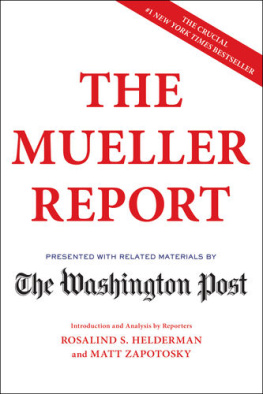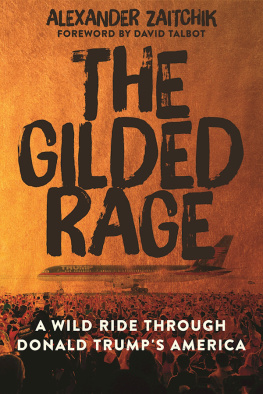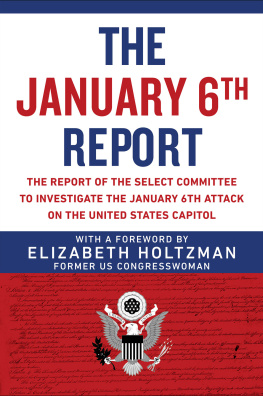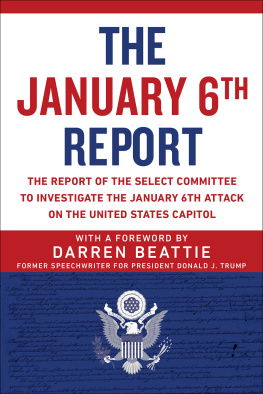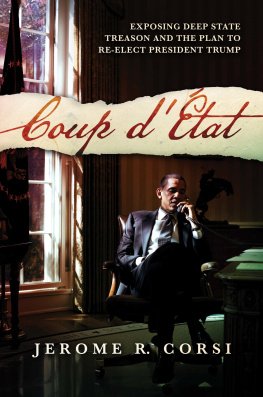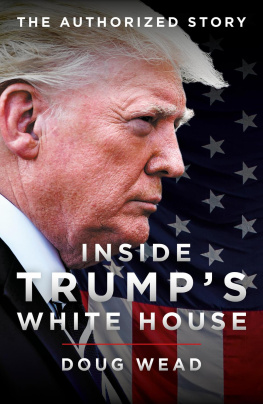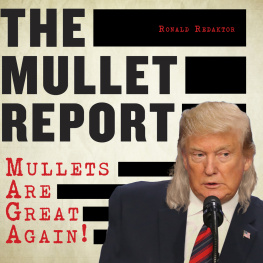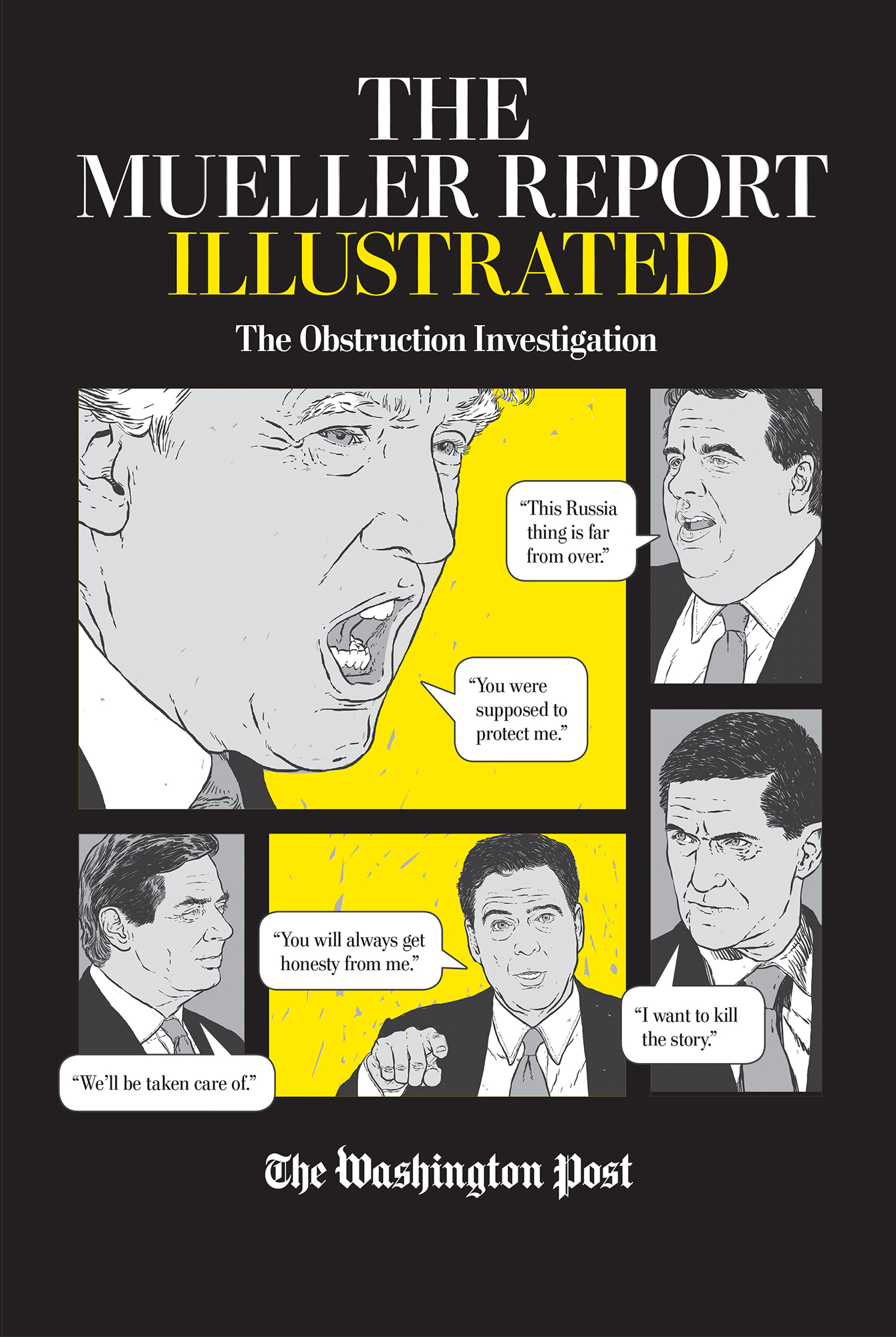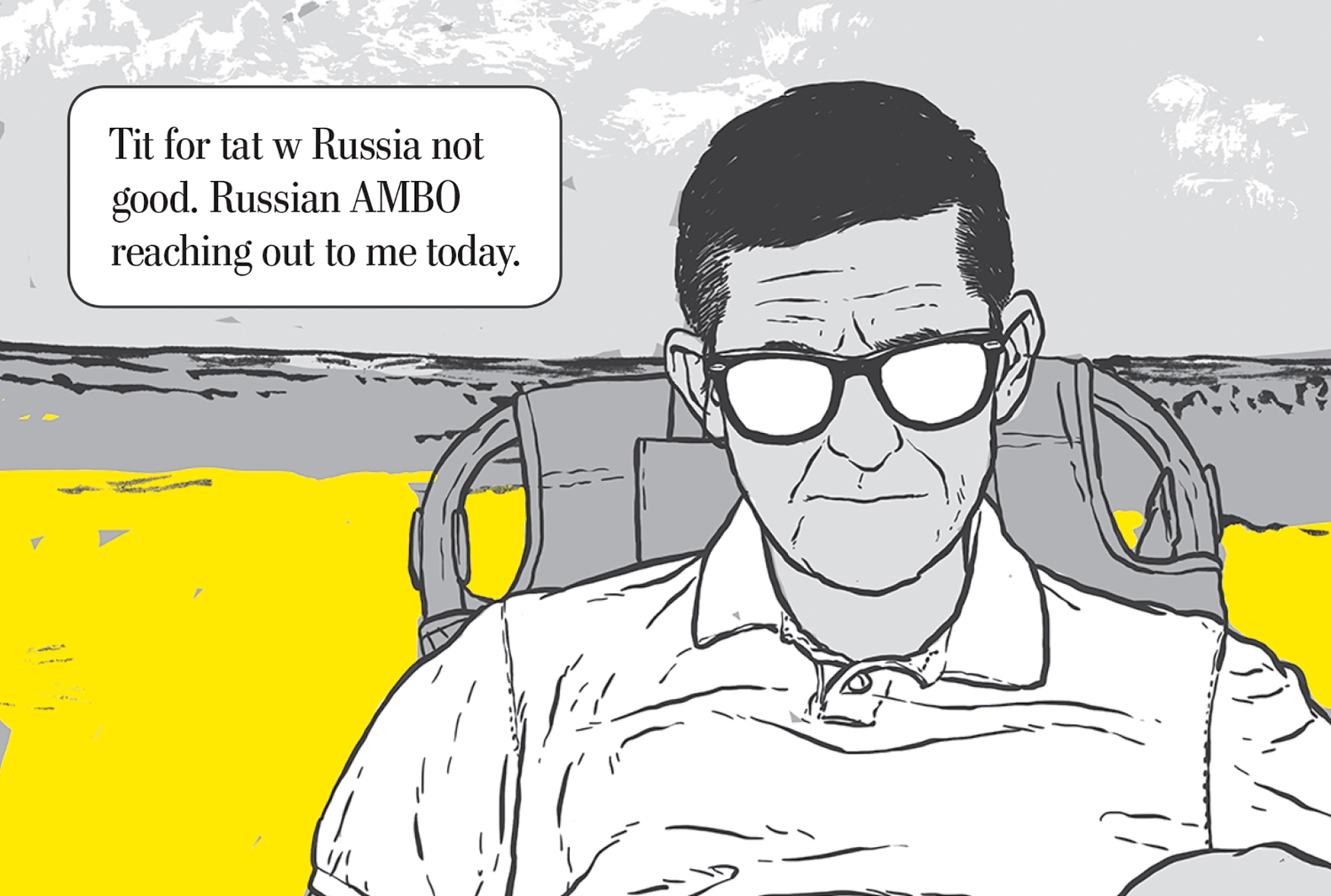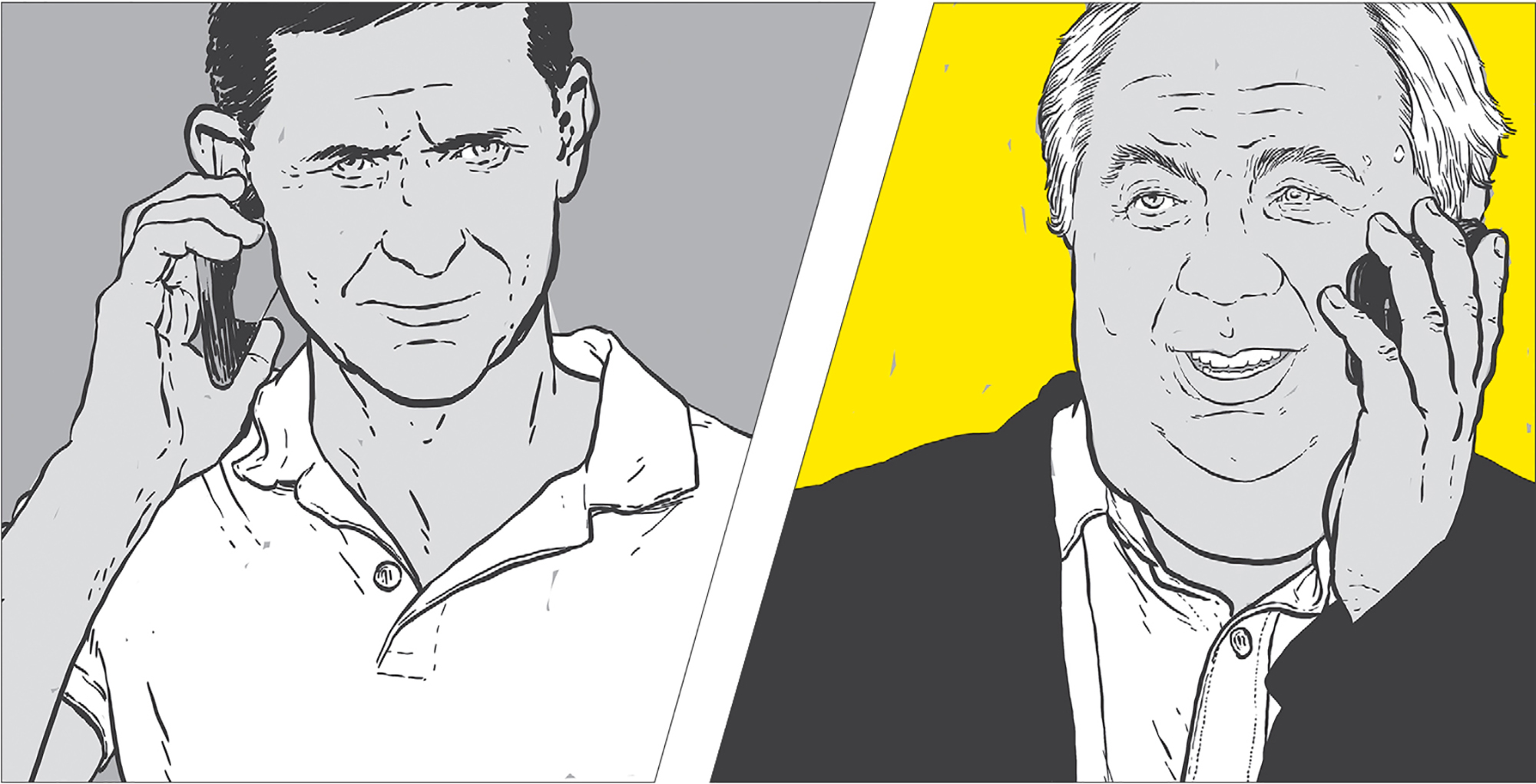Contents
Guide

Scribner
An Imprint of Simon & Schuster, Inc.
1230 Avenue of the Americas
New York, NY 10020
www.SimonandSchuster.com
Copyright 2019 by WP Company LLC
All rights reserved, including the right to reproduce this book or portions thereof in any form whatsoever. For information, address Scribner Subsidiary Rights Department, 1230 Avenue of the Americas, New York, NY 10020.
First Scribner trade paperback edition December 2019
SCRIBNER and design are registered trademarks of The Gale Group, Inc., used under license by Simon & Schuster, Inc., the publisher of this work.
For information about special discounts for bulk purchases, please contact Simon & Schuster Special Sales at 1-866-506-1949 or .
The Simon & Schuster Speakers Bureau can bring authors to your live event. For more information or to book an event, contact the Simon & Schuster Speakers Bureau at 1-866-248-3049 or visit our website at www.simonspeakers.com.
Interior design by Katherine B. Lee, Suzette Moyer, Brian Gross and Greg Manifold
Illustrations by Jan Feindt
Cover design by Katherine B. Lee and Brian Gross
ISBN 978-1-9821-4927-7 (pbk)
ISBN 978-1-9821-4928-4 (ebook)
Introduction
Special counsel Robert S. Mueller III spent nearly two years investigating Russias interference in the 2016 presidential campaign and whether President Trump obstructed the inquiry. His 448-page report, which was released in redacted form to the public in April 2019, laid out a Russian government plot to help elect Trump by weaponizing fake and divisive information on social media and disseminating emails hacked from the Democratic National Committee and Democratic officials.
Mueller made two major conclusions in his report: He found that the Russian effort had been sweeping and systematic, and he determined the evidence did not establish that Trump or his campaign had conspired with the Kremlin.
However, the special counsel left one significant question unanswered: whether the president broke the law by trying to block the probe.
Mueller decided that because Justice Department policy states that a president cannot be indicted, it would not be fair to take a position on whether Trump committed a crime. But his report laid out a dramatic narrative of an angry and anxious president trying to control a criminal investigation even after he knew he was under scrutiny.
The special counsel also made a point of saying that his report did not exonerate the president. That inconclusive legal finding was unsatisfying for Trumps supporters and his critics, sparking a debate about his actions that is still raging. But Muellers factual findings provided the nation with an extraordinary historical record: a fly-on-the-wall account of life in the White House, told through the eyes of the men and women who served the president and who, under penalty of perjury, shared their memories with investigators.
This book is drawn directly from episodes detailed in the Mueller report in which prosecutors found evidence of possible obstruction of justice, as well as congressional testimony and Washington Post reporting. Dialogue in text bubbles is taken from Muellers report, which cited text messages, contemporaneous notes and investigative interviews with first-hand witnesses who described conversations among key players. Words within quotation marks reflect exact dialogue included in the report, or comments made at public events or in media interviews.
Illustrations of public events are based on news photographs taken at the time. The presidents tweets have been reproduced verbatim, although the number of likes and retweets may have changed over time.
THE MUELLER REPORT ILLUSTRATED The Obstruction Investigation
This Russia thing is far from over
The investigation that shadowed the first two years of President Trumps administration began quietly during the 2016 campaign. U.S. intelligence agencies suspected Russia was behind efforts to sway American voters, such as WikiLeaks release of hacked Democratic emails. The FBI began examining ties between Trump associates and the Russian government.
Donald Trump won the election on Nov. 8, 2016. By that time, U.S. intelligence officials had publicly blamed Russia for the release of the hacked emails, describing it as an effort to interfere with the US election process.
Trump scoffed at that conclusion, calling it ridiculous. He said the intelligence agencies did not know who was really responsible. It could be somebody sitting in a bed some place, he said.
The way Trump and his top advisers responded to the Russia attack set in motion a crisis that would consume his White House and it led to the investigation of the president himself for obstruction of justice.
The first test came in late December 2016. Barack Obama was still president. With just weeks to go until Trumps inauguration, the Obama administration announced it was imposing sanctions on Russia in response to its interference in the campaign.
Trumps advisers were concerned the fallout would hurt the United States relationship with Russia. The president-elect saw the move as an attempt to embarrass him by suggesting his election was not legitimate.
Michael Flynn, the incoming White House national security adviser, on vacation in the Dominican Republic, told colleagues he planned to speak with Russias man in Washington, Ambassador Sergey Kislyak.
He texted an aide.
Flynn also spoke by phone to his deputy, K.T. McFarland, who was with the president-elect and other advisers at Mar-a-Lago, Trumps private Florida estate.
McFarland told Flynn that the president-elects team didnt want things with Russia to heat up.
Flynn immediately called Kislyak.
They discussed the sanctions and Flynn asked Russia not to escalate the situation. It was a highly unorthodox request. Flynn was not yet representing the U.S. government.
The next day, Russian President Vladimir Putin issued a statement saying Russia would not retaliate.
Back in Washington, national security officials in the Obama administration were surprised by Russias mild reaction. But Trump tweeted an appreciative response.

